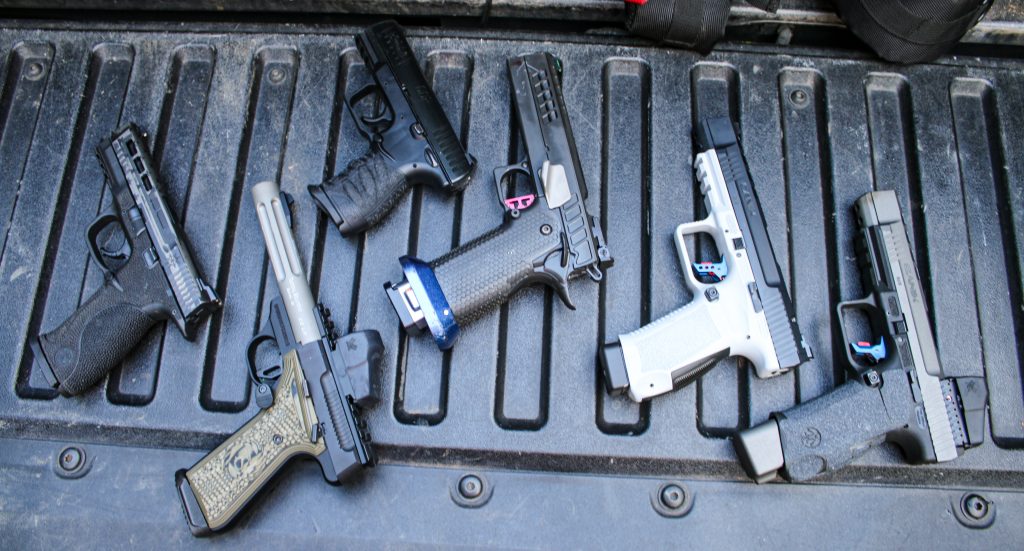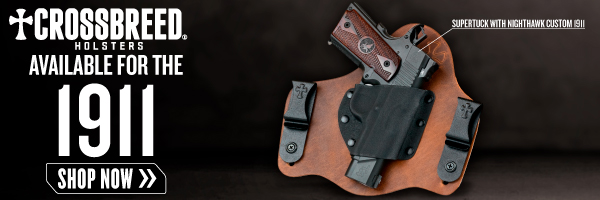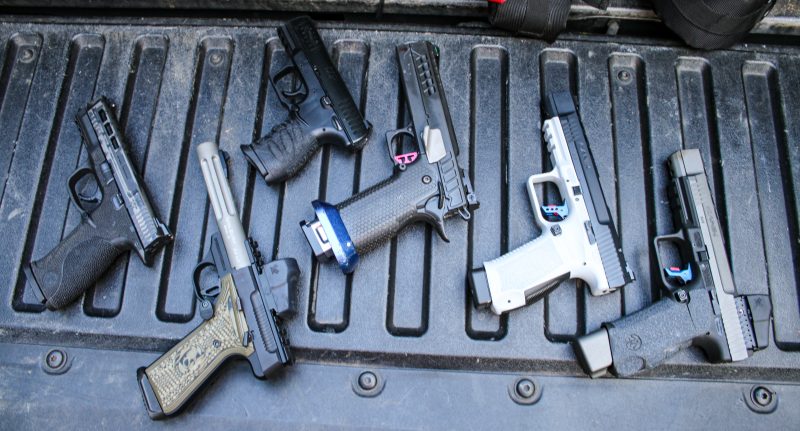
What defines one semi-automatic action over another? What’s the difference?
![]()
![]()
In the semi-automatic handgun world, there are many similarities between pistols – they function 90% the same way – but some very important differences set each firing mechanism apart. So let’s start with the similarities and work our way into the differences.
What They All Have in Common
Every semi-automatic handgun does four things the same way. These steps make these handguns semi-automatic, meaning all you do is pull the trigger, and the gun does things for you automatically. For this article, all the guns are semi-automatic, meaning you only fire one bullet when you pull the trigger. This is not to be confused with a full-auto gun, such as you might find in the military, where you hold the trigger down and it continues to fire until either you let go of the trigger or the magazine runs dry.
All semi-auto pistols go through a sequence of events that fire the round:
- When the trigger is pulled, the gun goes bang, and the bullet flies out the barrel and down range. This one seems obvious because you hear it and feel the effect via recoil.
- As a result of the gas pressure that caused the bullet to fly down range, the slide atop the gun slides backward, engaging the extractor and ejector inside the slide to pull the spent casing out of the chamber and fling it harmlessly away.
- On the slide’s way forward, the next round off the top of the magazine gets picked up and inserted into the chamber.
- Finally, the trigger mechanism resets so the gun is ready to fire again.
These are the basic functions of pretty much all semi-automatic handguns. What sets each style apart is what happens immediately as the trigger is pulled. So how does the gun go bang in the first place?
Before we get too deep into the details, let’s establish that we are not talking about brands of guns. Even though certain manufacturers specialize in firing mechanisms (e.g., Glock only makes striker-fired guns), lots of gunmakers make various styles of pistols. Springfield, for example, has striker-fired, single-action, and double-action/single-action guns, as does Smith & Wesson and many other brands. Almost all manufacturers make striker-fired guns, the most popular style on the market today.
With those parameters, let’s talk about how each style works.
Striker
The lack of external moving parts at the back of the slide immediately sets striker-fired guns apart from others when you look at them. There is no visible hammer because the entire firing mechanism is internal. The trigger is mechanically tied to the striker, which is hidden inside the slide. When the trigger is pulled, a sear moves out of the way, releasing the striker to spring forward and contact the back of the primer, igniting the round to shoot. The gun then cycles through the four steps mentioned above, ready for the next trigger pull.
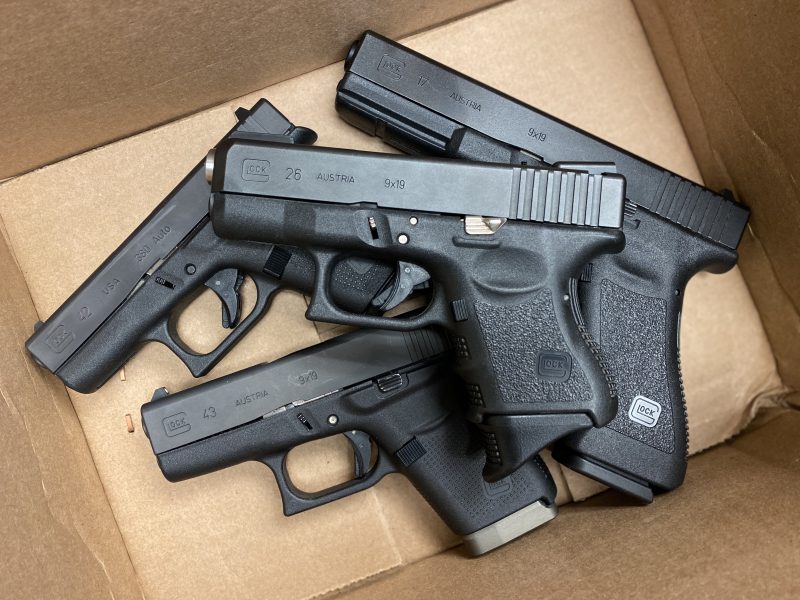
One advantage of a striker fire gun is a consistent trigger pull because the firing mechanism works the same way every shot.
Single-Action
Unlike the striker pistol, the single-action gun has an external hammer, visible sticking out from the back of the slide. As the name implies, the firing mechanism must only do one thing – a single action – to make the gun go bang. After you have loaded the gun and racked the slide to chamber your first round, the hammer will be cocked back. Then, when you squeeze the trigger, all the hammer has to do to fly forward to engage the firing pin and make the round go off. After the bullet leaves the muzzle, the slide will cycle on its own, as it does on every semi-auto handgun, and lay the hammer back down, ready for another single-action shot.
A single-action gun will not fire when the hammer is up. The hammer must be cocked back to shoot. The 1911 is the commonly known example of a single-action handgun.
Single-action triggers have advantages and disadvantages. The biggest advantage is how easy it is to pull, requiring minimal pressure, a clear advantage if you need to engage a target quickly. However, that same light trigger can be a hazard if you’re not ready to fire. (Your finger shouldn’t be on the trigger anyway if you follow all the safety rules, but that’s for another article.) As a result, many single-action guns, such as the 1911, come with a manually activated safety to prevent accidental discharges.
Double-Action
Like the single-action, this style also has a hammer. Typically it is easily visible, sticking out from the back of the slide, but on some micro pistols designed for concealed carry, the hammer is buried inside the back of the slide and only pops out when the gun is fired. Each time the trigger is pulled, the hammer goes back and forward – thus the “double-action” moniker – as it fires.
DA is by far the least popular semi-auto pistol style because of the effort it takes to squeeze the trigger. Where a single-action trigger might require 2-3 pounds of pressure to activate, a double-action trigger might need upwards of 9-10 pounds of pressure. DA guns can also have a very long trigger pull,
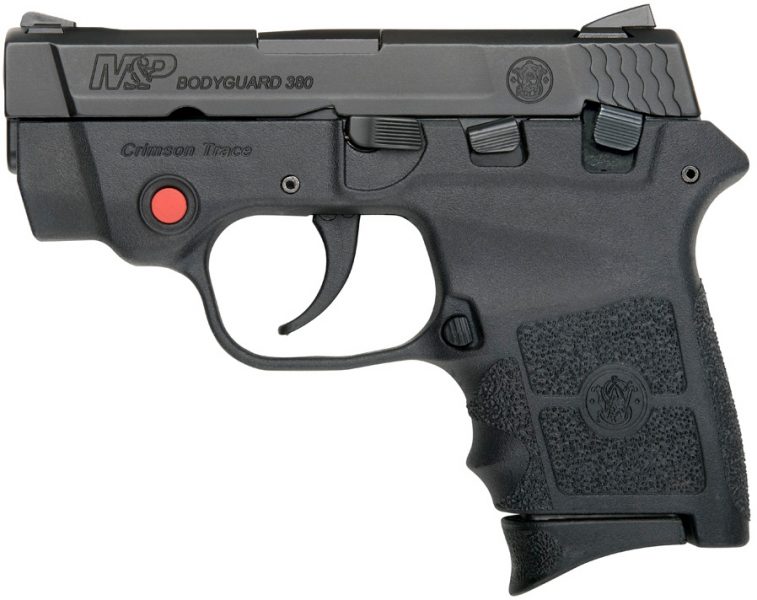
Many micro pistols are double-action to reduce the chances of accidental discharge when carried in a pocket or purse. The good side is that this works very effectively to prevent injuries. The bad side is that the trigger can be too difficult to squeeze when shooting. Unfortunately, many women purchase one of these guns, often at the recommendation of well-intentioned but wrong male counterparts – husbands, boyfriends, brothers, etc. – and replace the gun shortly after their first range session when they discover how hard it is to shoot.
Double-Action/Single-Action
Perhaps the most complicated of the four actions, Double-Action/Single-Action makes shooters take a second before pulling the trigger because they have to figure out which action will happen. Often referred to as DA/SA, this action combines the best of the DA and the SA world, but with one caveat: you have to know what position the hammer is in before you pull the trigger, or you could unexpectedly have a shot go off or not pull the trigger hard enough if you think it’s one way when it’s another. Let me explain.
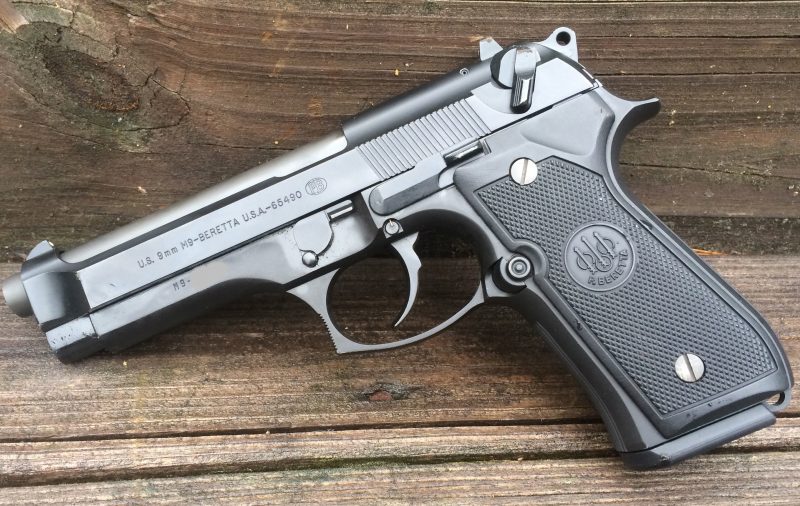
The starting position for shooting a DA/SA is typically with the hammer up. The trigger pull is double-action because it must pull the hammer back and let it go forward, two motions with a heavy trigger weight. However, once the first shot has gone down range, the slide cycles, and the hammer is laid back, turning the gun into a single-action with a very light trigger. Many first-time DA/SA shooters accidentally shoot two shots in quick succession because they do not anticipate the change in trigger weight.
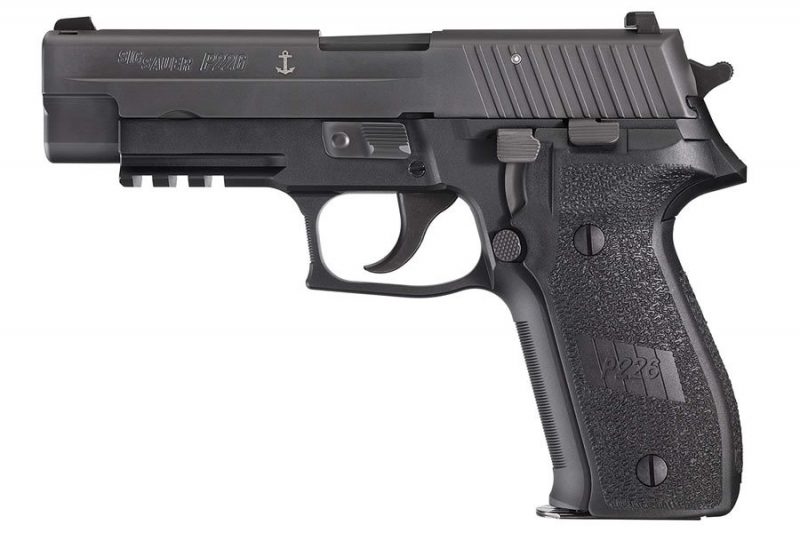
Two examples of DA/SA guns are the Beretta 92 series (also the M9 in military parlance) and the Sig Sauer P226, the standard-issue sidearm of the Navy SEALS. Both guns are excellent shooters with a great track record of reliable service.
Familiarize Yourself with Them All
The best way to understand the various actions is to try them at your local range. Many ranges have a rental counter where you can pay a small rental fee, buy a box of ammo, and experience each of these actions for yourself. Then the next time someone asks you if you want to shoot their gun, you’ll be familiar enough to know how to operate it safely. This experience will also help you choose the gun that best fits your preferences.
ABOUT THE AUTHOR:
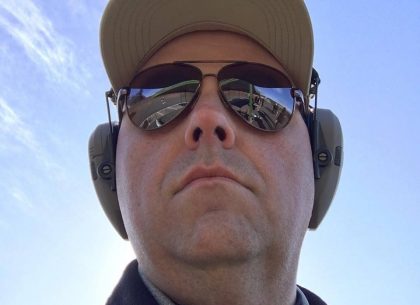
David Workman is an avid gun guy and a contributing writer to several major gun publications. As an NRA-certified instructor, David trains new shooters on basic handgun skills and CCW requirements and is a strong advocate for training as much as possible. “Real-life shootouts don’t happen at a box range.”
![]() You may also enjoy these popular articles:
You may also enjoy these popular articles:
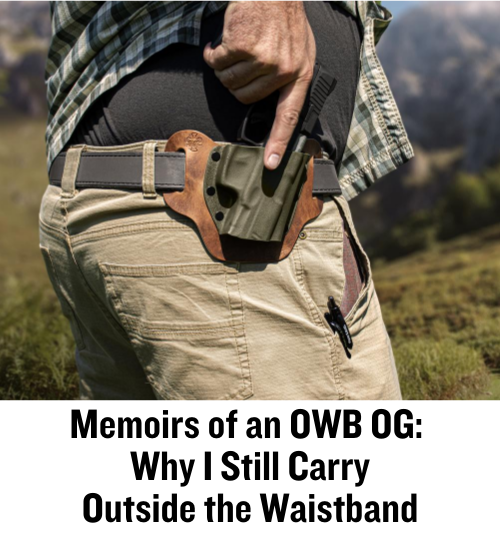
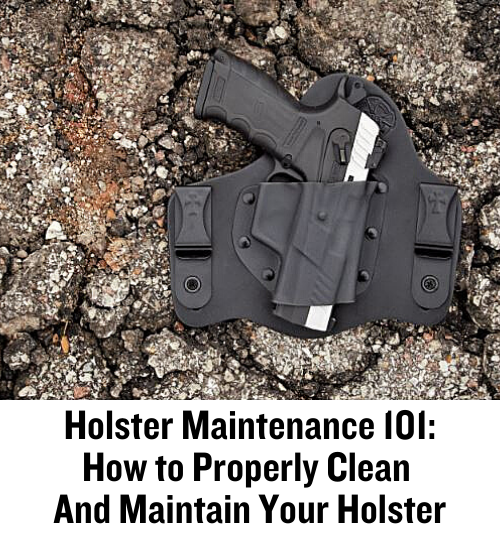
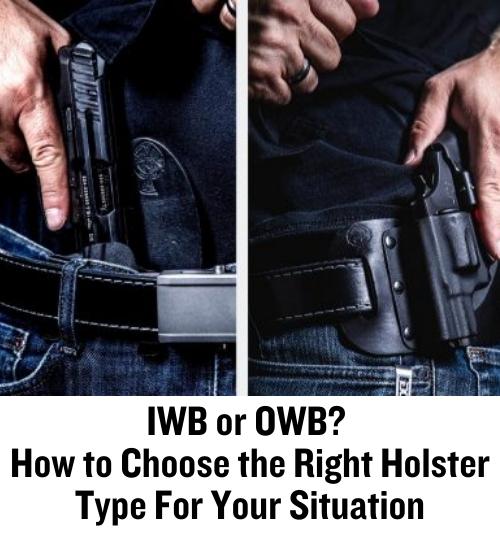

©MTC Holsters, LLC and CrossBreed Holsters Blog, 2022.
Unauthorized use and/or duplication of this material without express and written permission from this site’s author and/or owner is strictly prohibited. Excerpts and links may be used, provided that full and clear credit is given to David Workman and the CrossBreed Blog with appropriate and specific direction to the original content.
![]()

